In an increasingly digital world, back pain is a common issue. Long hours spent sitting hunched at computer desks create tension in our back muscles and spine, damaging our posture and leaving us with long-term aches in our back and shoulders.
Even if you are strong and active, the back bears the brunt of supporting your body and is easily strained when you twist, bend, or lift in an uncomfortable way.
According to Arthritis Research UK, an estimated 1 in 6 adults in England have back pain. Since this study only included those who suffered for 3 months or more, the real number is likely higher.
Yoga is one increasingly popular option for those looking to avoid or treat back pain. It helps to stretch and relax tight muscles, build core strength, and improve overall posture.

The yoga mat pictured above can be found here.
Yoga for back pain: does it help?
Most yoga enthusiasts will tell you that yoga for back pain is very effective. And that anecdotal evidence is backed up with scientific research!
In one study, 320 adults with back pain were split into three groups. One group saw a physical therapist, one read about pain management strategies, and one practised yoga.
After three months, the yoga group were less likely to use pain medication than the reading group. They saw comparable improvements in pain and activity limitation to the physical therapy group.
An earlier meta-study had also found an encouraging link between yoga and an improvement in back pain. After reviewing the evidence, the authors of this study recommended yoga as a treatment for chronic back pain, suggesting it should even come before painkillers or other drugs.
There are more benefits to yoga than just relieving back pain though, which will give you all the more reasons to take up yoga regularly. For our very own list of why you should get on your mat, check out our post here.

The yoga mat pictured above can be found here.
Of course, you should always consult your doctor if you are experiencing back pain. But you might want to discuss using yoga as part of your treatment plan. Also, if you’re just starting with yoga and are dealing with back pain, we highly recommend you join in-person classes rather than online and let your yoga teacher know of your back issues so they can adapt the poses to your needs.
If you aren’t experiencing back pain currently, but want to avoid it in the future, yoga is also good for building back and core strength in the long run. Stronger muscles help support your spine in the correct position, improving your posture and making it less likely that you will experience pain later on.
We’ve put together an article that will give you everything you need to know if you are a complete yoga beginner – you can read it in full by clicking here.

Yoga for Bad Backs
Yes, there is such a thing as yoga for bad backs specifically, but there are some precautions you should take if you are using yoga to help with pain relief. Done correctly, the poses should help to stretch and relax tight muscles. But improper form can make things worse.
If you are new to yoga, take classes with a professional before attempting poses at home so that you know you are doing them correctly.
Even if you are an experienced yogi, go slowly when your back is bad. Gently stretch your body into the poses instead of launching into them too quickly.
You’ll also want a good quality mat, and it’s important to choose it well. When you are in the middle of a pose, slipping can cause you to overextend and strain your back further. It’s then essential to have a yoga mat with the best grip available to prevent you from slipping. We highly recommend searching for a mat that is made of natural rubber, as these mats tend to have the best anti-slip surfaces while also being dense enough to provide the right cushioning. For instance, DIYogi mats provide a very strong grip to make sure you never slip, while their padding is ideal to protect your joints.

Bolsters and blocks can also help you adjust poses as needed and keep your back supported.
And finally, always listen to your body. Some poses will feel strong, but they should never cause a pinching or sharp pain. If something doesn’t feel right, adjust the pose or try a different one.

The Best Yoga Poses for Back Pain
While any yoga sequence will bring you some benefit, certain poses are especially good for addressing a bad back. Incorporating these into your daily routine may help alleviate back pain and avoid further issues in the future.
 1. Yoga Upper Back Stretches: Cat/Cow Pose
1. Yoga Upper Back Stretches: Cat/Cow Pose
What It Is
Cat/Cow is a beautiful upper back stretch sequence for the spine. It is technically two poses. The first, cow, involves dropping your belly down, opening your chest and stretching the upper and lower back. The second, cat, arches the spine and engages your core, while also mobilising your full back.
Because it is a gentle movement, it stretches the upper back without aggravating any existing pain. It also helps to activate the core muscles, improve your posture and keep the spine in a good alignment.
And it is done on all fours, making it a stable pose with no risk of unbalancing yourself. This is a good way to start your yoga sequence to address back pain.
How to Do it
Start on all fours with your hands beneath your shoulders and your knees in line with your hips. As you inhale, arch your spine up towards the ceiling, one vertebra at a time. At the same time, drop your chin in towards your chest and pull your belly button in.
Keeping your arms and legs still, drop your belly down as you exhale. Lift your head, opening across your collarbones, and push your chest forward.
Repeat the sequence five to ten times.

2. Seated Spinal Twist Pose
What It Is
Twists can be wonderful for stretching out the back. This is a simple variation that gives you a stable base to work from. It is a particularly good upper back stretch and can also help to increase mobility in the neck and shoulders.
How to Do it
Start in staff pose, sitting on the floor with your legs out straight in front of you and your spine long. Bend your right leg and cross it over the left leg so that your right foot is resting beside your left thigh. The sole of your right foot should be flat on the floor, and your kneecap pointing towards the ceiling.
Place your right hand back behind you as support. Take an inhale to lengthen your spine. As you exhale, hook your left elbow over your right knee, turning your shoulders and head to the right.
Stay for a few breaths. On each exhale, see if any room has opened up so that you can deepen further into the pose.
Release back to the centre. Repeat on the other side.

3. Yoga for Upper Back Pain: Thread the Needle
What It Is
Thread the Needle is a yoga pose for upper back pain that also stretches the shoulders and neck. It is a great one for releasing tension in your spine.
It is also a gentle pose that allows you to rest down on your mat, making it a suitable option when you are experiencing upper back pain.
How to Do it
Start on all fours with your hands under your shoulders and knees beneath your hips. Your spine should be in the neutral, tabletop position.
Taking an exhale, reach your right arm under your left. With your head turned to look over to the left, slowly lower your head and the right shoulder until they are resting on the floor.
Make sure you keep pressing down equally on both legs.
Hold the pose for a few breaths and then release back to your tabletop position. Then repeat it on the other side.

4. Yoga for Back Strength: Sphinx Pose
What It Is
Sphinx pose is a variation of cobra pose but is a gentler version that can feel more stable when you are experiencing back pain and helps improve your overall back strength.
This pose stretches the back and chest. Sphinx and its related poses, such as cobra or up-face dog, are commonly used in yoga for back strength, as they activate the muscles in the back and core.
How to Do it
Lie on the floor on your front. Your legs should be extended straight out behind you, feet about hip-distance apart. The tops of your feet should be in contact with the mat.
Bend your arms so that your forearms rest on the mat. Your elbows should be in line with your shoulders. The palms of your hands are flat with your middle fingers pointing forwards.
As you inhale, lift your head and chest off the floor. Press down into your forearms and pelvis. Your leg muscles should be engaged, and your outer thighs should roll slightly down towards the floor to support your lower back.
Move your shoulder blades down your back while you draw your chest forward. At the same time, reach your tailbone back to lengthen out your spine.
Hold the pose for a few breaths and then slowly release back down. You may want to repeat it a couple more times.

So, is yoga good for back pain?
In short, yes, yoga is good for back pain, as it can help with pain relief as well as with strengthening the muscles that support your spine and improving your posture in the long run. However, yoga is not a substitute for getting proper medical treatment. If you decide to take up yoga while you are in pain, the best way to do so is by attending in-person classes with a qualified yoga teacher and letting them know of the type of pain you are dealing with so they can adapt the stretches accordingly. Also, it’s important to make sure you have a good yoga mat that provides you with the adequate support in order to prevent further injury.



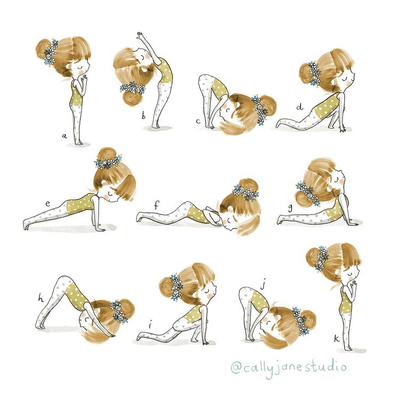
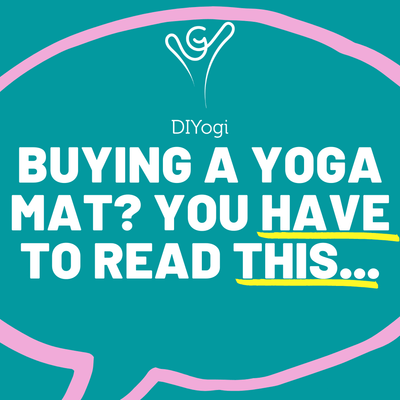
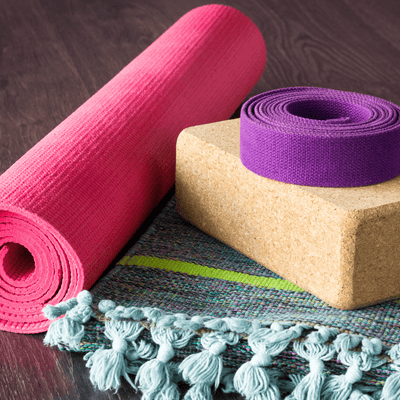
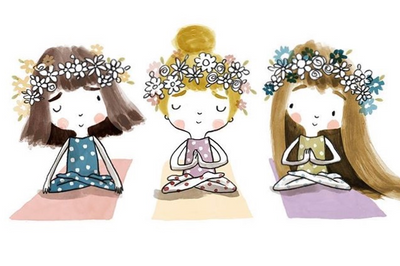
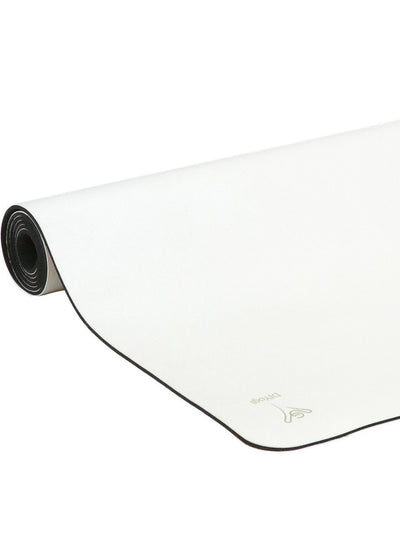
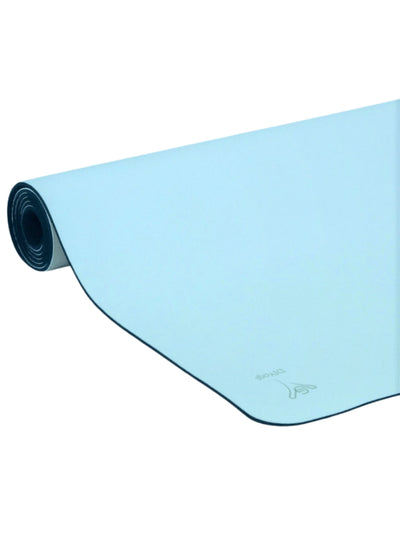
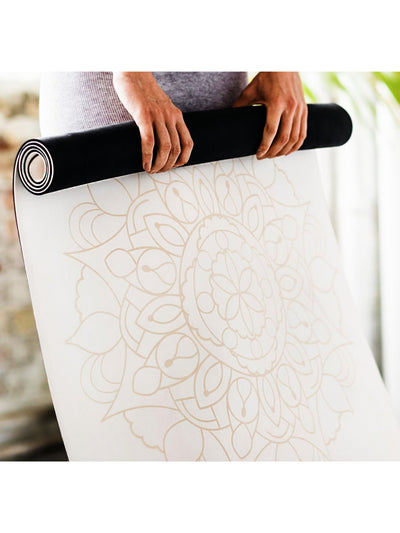
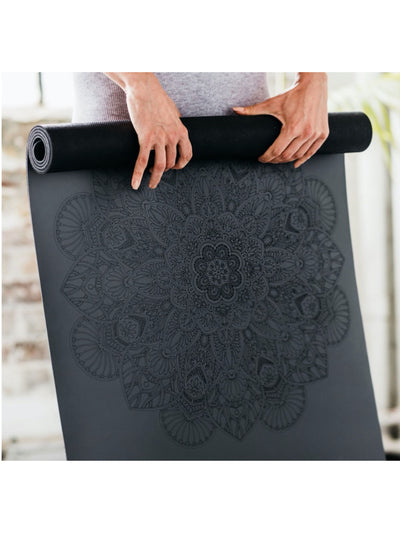
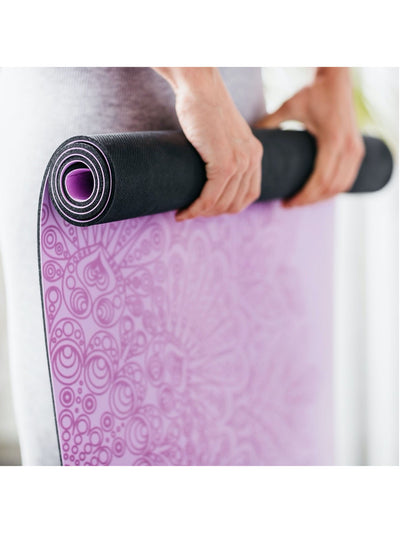
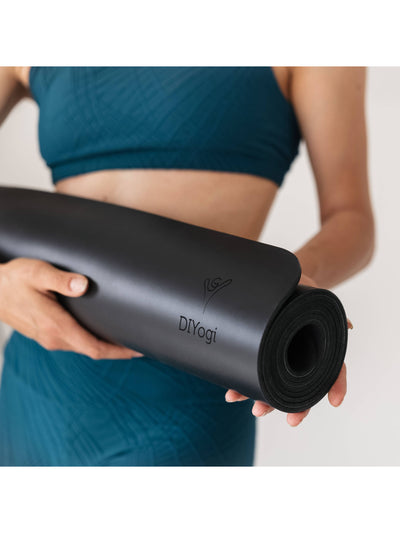
Leave a comment